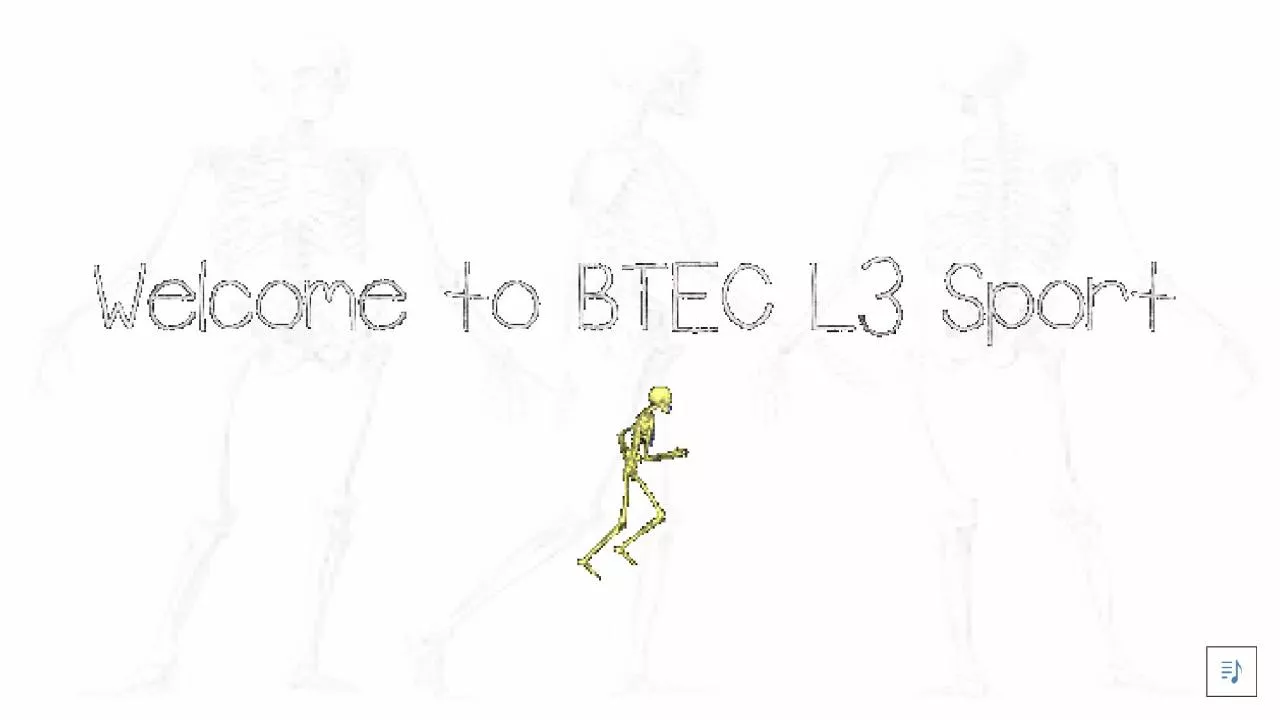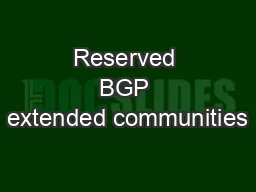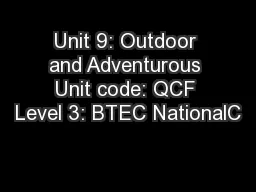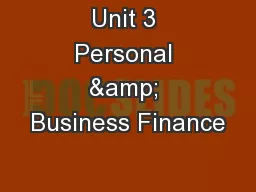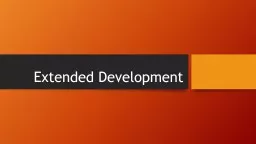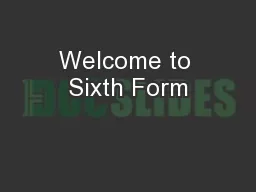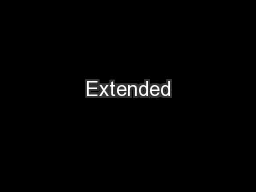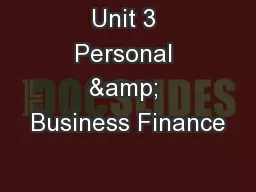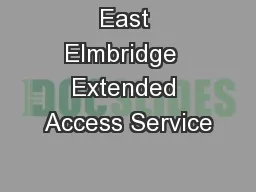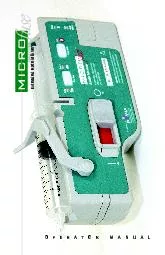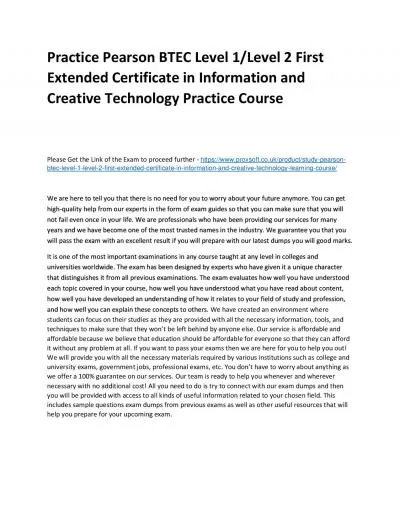PPT-Overview of BTEC Level 3 Extended
Author : obrien | Published Date : 2024-02-03
Certificate in Sport You need complete 4 units by the end of the course to be awarded at least a PASS This is a 2 year course Unit 2 Exam May 2022 Fitness Training
Presentation Embed Code
Download Presentation
Download Presentation The PPT/PDF document "Overview of BTEC Level 3 Extended" is the property of its rightful owner. Permission is granted to download and print the materials on this website for personal, non-commercial use only, and to display it on your personal computer provided you do not modify the materials and that you retain all copyright notices contained in the materials. By downloading content from our website, you accept the terms of this agreement.
Overview of BTEC Level 3 Extended: Transcript
Download Rules Of Document
"Overview of BTEC Level 3 Extended"The content belongs to its owner. You may download and print it for personal use, without modification, and keep all copyright notices. By downloading, you agree to these terms.
Related Documents

